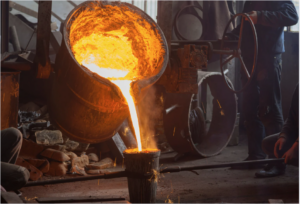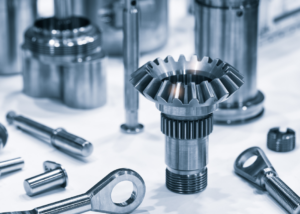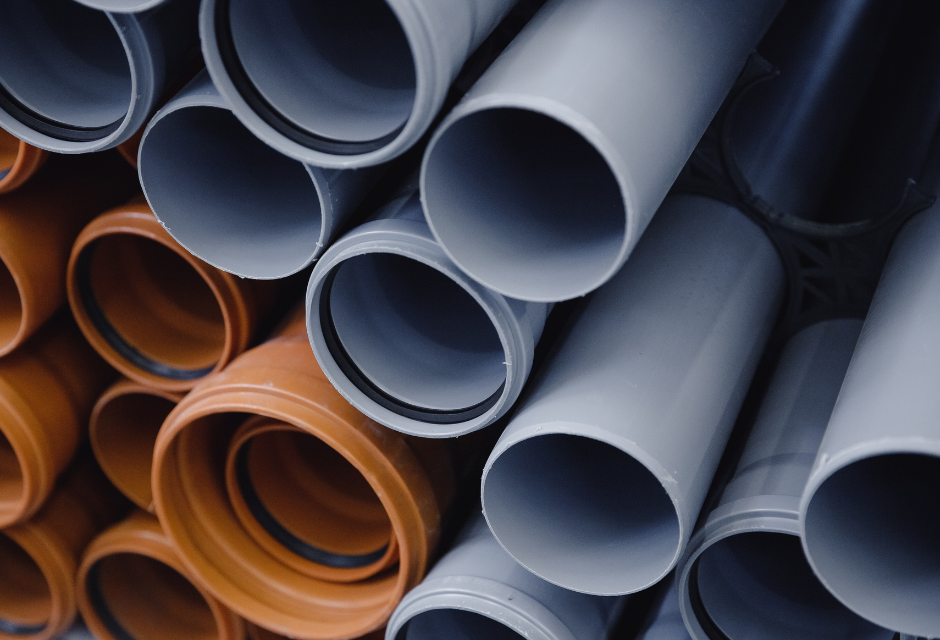
Material selection is very important when considering product durability, cost, and ease of use. Even if the name "polyvinyl chloride (PVC)" comes up as a candidate, many people may not know much about its advantages.
In this article, we will introduce the characteristics and types of PVC, as well as the differences from other materials in an easy-to-understand manner. Please read to the end to find out if it is the best material for your parts development.
For more information about Taiga, click here.Table of Contents
What is PVC?
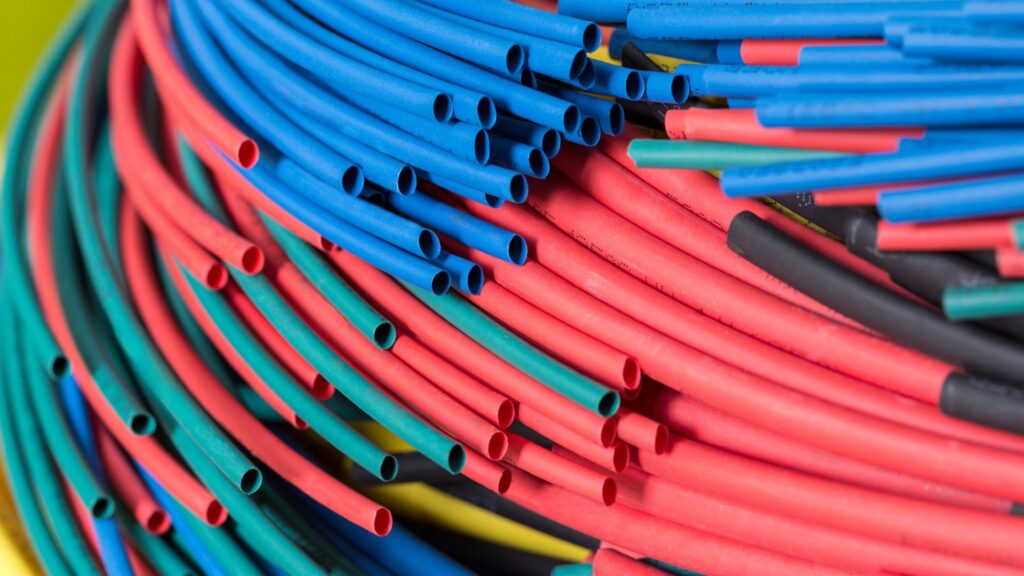
Polyvinyl chloride (PVC) is a type of plastic material widely used in our daily lives. Also called "vinyl chloride," it is characterized by its light weight, durability, and cost-effectiveness. In English, it is written as "polyvinyl chloride" and is sometimes abbreviated as "PVC.
Let's take a look at the materials, types, and uses of PVC.
PVC Material
The raw materials of PVC (polyvinyl chloride) are "petroleum" and "salt.
To briefly explain the manufacturing process, first, "vinyl chloride monomer" is made from ethylene and chlorine obtained from petroleum. Polyvinyl chloride monomer is polymerized at high temperature and high pressure to produce polyvinyl chloride (PVC).
While other plastics are mainly derived from petroleum, PVC is unique in that approximately 401 TP3T of its raw material is composed of petroleum and the remaining 601 TP3T is composed of salt.
It is also attracting attention as a material that reduces the consumption of petroleum, thereby reducing the burden on the environment. PVC is a strong choice for those who want to reduce costs while being environmentally friendly.
Types of PVC
PVC (polyvinyl chloride) can be freely adjusted in softness by blending, and can be roughly divided into two types: hard PVC and soft PVC.
Soft PVC is a material so flexible that it can be bent by hand.
Also called "soft vinyl" or "soft vinyl," it is used for toys and figures. It would be easier to understand if we call them "monster" or "dinosaur" dolls.
On the other hand, rigid PVC is a material with higher density and strength than soft PVC.
Taking tensile strength (the maximum stress a material can withstand before breaking) as an example, soft PVC has a tensile strength of 6.9 to 25 MPa, while rigid PVC boasts superior strength of 34 to 62 MPa. Because of these characteristics, rigid PVC is used in products that require high durability, such as pipes, window frames, and exterior materials.
Main applications of PVC
PVC (polyvinyl chloride) is used in a variety of fields due to its adjustable flexibility properties.
Soft PVC is used in products that take advantage of its softness and lightness. Examples include the following products
- Clothing (e.g., raincoat)
- bag
- Toys, Figures
- Vinyl sheets and tarps
- cable layer
- Hoses and tubes
Rigid PVC is used primarily outdoors and in high-load environments due to its hardness, durability, and resistance to condensation, mold, and corrosion. Specific examples include
- Pipes (water supply pipes, drainage pipes, etc.)
- Window frame (sash)
- deck (e.g. ship, tape, cassette, observation, etc.)
- door (Western-style)
- wall material
- Outdoor signs and displays
Differences between PVC and other materials
PVC (polyvinyl chloride) is a useful material, but it is often confused with other plastics and similarly named materials. This section discusses materials that are often compared to PVC and explains the differences in an easy-to-understand manner.
Difference between PVC and plastic
The term "plastic" refers to synthetic resins in general, of which PVC is one type. There are many different types of plastics, but we have compiled a list of typical ones.
- Polyethylene (PE): Lightweight and strong, used for food packaging and plastic bags
- Polypropylene (PP): Easy to process and mold, used for automotive parts and medical devices
- Polystyrene (PS): transparent, lightweight, used for food trays and cups
- ABS resin: Resistant to impact, used in toys and home appliances
- Polyethylene terephthalate (PET): Easily recyclable, used as material for beverage bottles and clothing
The word "plastic" has different characteristics, and PVC is often chosen for situations where durability and workability are important.
Difference between PVC and vinyl chloride
Vinyl chloride" is a single compound also called "vinyl chloride monomer. Polyvinyl chloride (PVC) is made by chemically polymerizing (repeatedly bonding) this vinyl chloride.
Incidentally, the "poly" in polyvinyl chloride (PVC) means "a lot" in Greek.
Difference between PVC and CPVC
CPVC (chlorinated polyvinyl chloride) is a material made by adding more chlorine (Cl) to PVC (polyvinyl chloride). Specifically, while general PVC has a chlorine content of approximately 571 TP3T, CPVC has a chlorine content of approximately 60-701 TP3T.
This process makes CPVC superior to PVC in terms of heat resistance, flame resistance, chemical resistance, and insulation. It is mainly used under special conditions in the manufacture of pipes for transporting hot water and chemicals, and tanks used in chemical plants.
Difference between PVC and PET
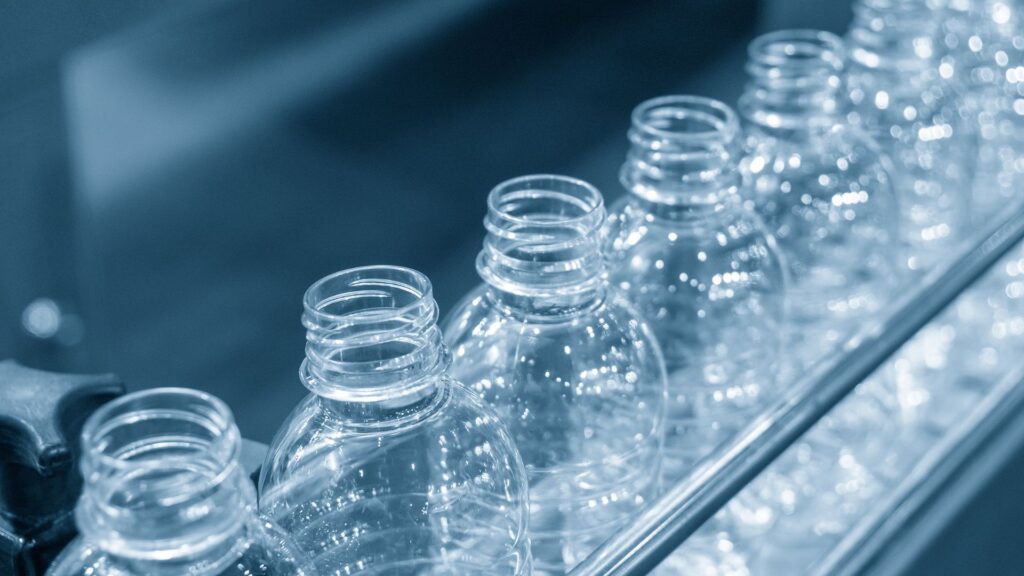
PET bottles (PET bottle), which are commonly seen, are made from a plastic named PET (polyethylene terephthalate).
PET has high transparency and is resistant to whitening even after bending, and is often used for beverage bottles and food containers. However, PET has the disadvantage of being easily scratched.
On the other hand, PVC (polyvinyl chloride) can also be used to make transparent products, but it is inferior to PET in terms of transparency. However, its major characteristics are its resistance to rust and corrosion, and its resistance to abrasion.
Therefore, PVC is more suitable than PET when weather resistance and durability are important.
PVC Characteristics
From here, we will introduce each of the strengths of PVC (polyvinyl chloride) and why it is used in many products. Please use this as a reference to determine if it is best suited for your company's development.
Adjustable softness
The "freely adjustable softness" of PVC is a major advantage not found in other plastics.
PVC is inherently a very hard material due to the strong attraction of its molecules to each other. However, when a plasticizer is added and heated, the distance between molecules widens, enabling PVC to remain soft even after cooling (plasticization).
Because soft PVC can be made by adjusting the amount of plasticizer, it is easy to customize PVC for specific applications.
Resistant to ultraviolet rays and water
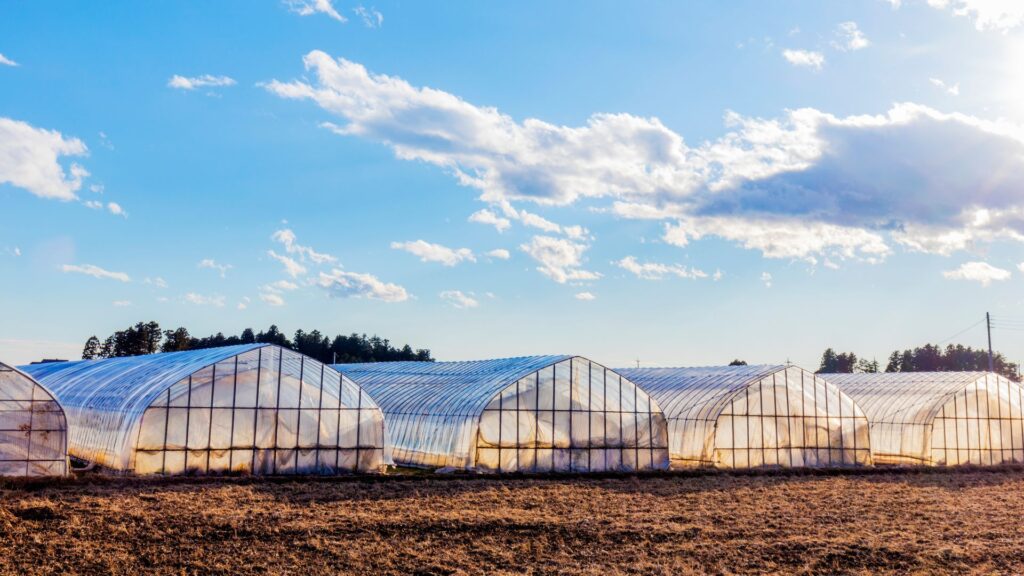
Ordinary plastics are prone to deterioration from continuous exposure to ultraviolet rays, and cracks and fading tend to occur. PVC, however, is less susceptible to UV rays and water, making it suitable for use in outdoor environments.
For example, PVC is used in many products such as pipes, window frames, signboards, tents, and even plastic greenhouses used outdoors. Since PVC does not deteriorate over time even when exposed to harsh conditions such as direct sunlight and wind and rain, maintenance labor and costs can be reduced.
flameproof
PVC has an extremely high flash point of 391°C and an ignition temperature of 455°C. It does not ignite easily. Furthermore, even once ignited, it is self-extinguishing, meaning that the flame will spontaneously extinguish itself once the source of the fire is removed.
Because of its low fire risk, PVC is often used in residential building materials and construction equipment.
Insensitive to electricity
PVC is widely used in situations where safety is required because of its high electrical insulation properties as well as its resistance to voltage and weather. Soft PVC, in particular, is often used as a sheath material for wires and cables.
scratch-resistant
PVC is more resistant to abrasion and scratches than other plastic materials.
For example, when used as flooring or wall materials, it can withstand daily friction and impact and remain beautiful for a long period of time. It is also used in many products that require durability, such as plastic greenhouses for agriculture and caddie bags for golf.
Furthermore, PVC is highly resistant to acids, alkalis, and chemicals, making it suitable for use in harsh environments such as chemical plant parts and medical products. However, it should be noted that PVC is weak against organic solvents and chlorinated compounds such as hypochlorous acid, and its strength may deteriorate in a short period of time.
Easy to process
PVC is a very easy material to process and can be used in a variety of shapes and designs. Below is a summary of the main molding and processing methods.
- Injection Molding
- extrusion molding
- Calendar Molding
- Vacuum molding
- Blow molding
- Thermoforming
- dipping process
- Coating process
PVC is also easy to color and print patterns on. For example, it is used to apply wood grain patterns to building components and as stickers for aircraft and Shinkansen train bodies.
PVC is a material that can be applied in a wide range of situations where not only practicality but also aesthetics and design are required.
Can be manufactured inexpensively
Manufacturing products involves costs in various processes, such as purchasing and storing raw materials and transporting products. In addition, when the costs of sales and business operations are taken into account, keeping manufacturing costs down is an important issue for companies.
The main attraction of PVC is that it can be manufactured very inexpensively compared to other materials.
Petroleum and salt, the raw materials, are inexpensive and readily available, and the processes of refining ethylene and generating chlorine are relatively simple. Furthermore, PVC is lightweight, which reduces post-manufacturing transportation and management costs.
PVC is an option for products that require high-volume production or for projects where cost reduction is important.
Summary
In this issue, we introduced the characteristics and types of polyvinyl chloride (PVC), as well as the differences from other materials.
PVC is utilized in a wide range of fields because it is strong, inexpensive, and can be adjusted in hardness at will; the use of PVC may lead to cost reductions while improving product performance.
However, if you decide on a material without much consideration, you may face unexpected challenges. We urge you to seek expert advice at an early stage to determine if PVC is the best choice for your product and which processing method is best suited.
At Taiga, our engineers and technicians with extensive experience can suggest the best design and manufacturing methods. There is no charge for using this service, so please feel free to create an account and contact us for more information.
For more information about Taiga, click here.
 0120-987-742
0120-987-742